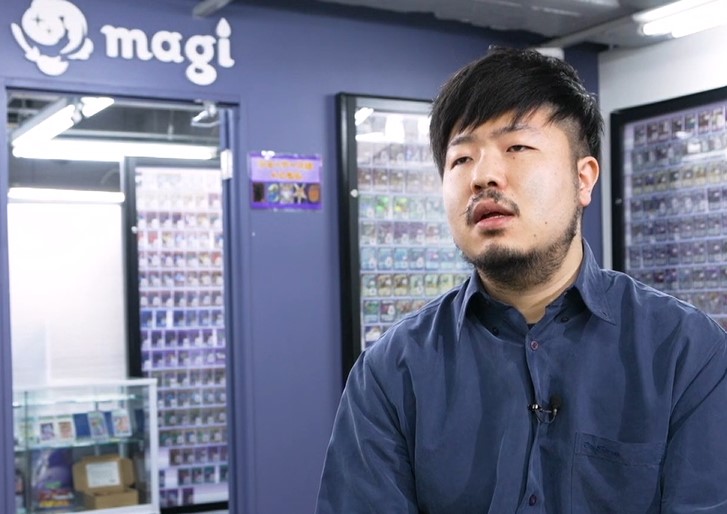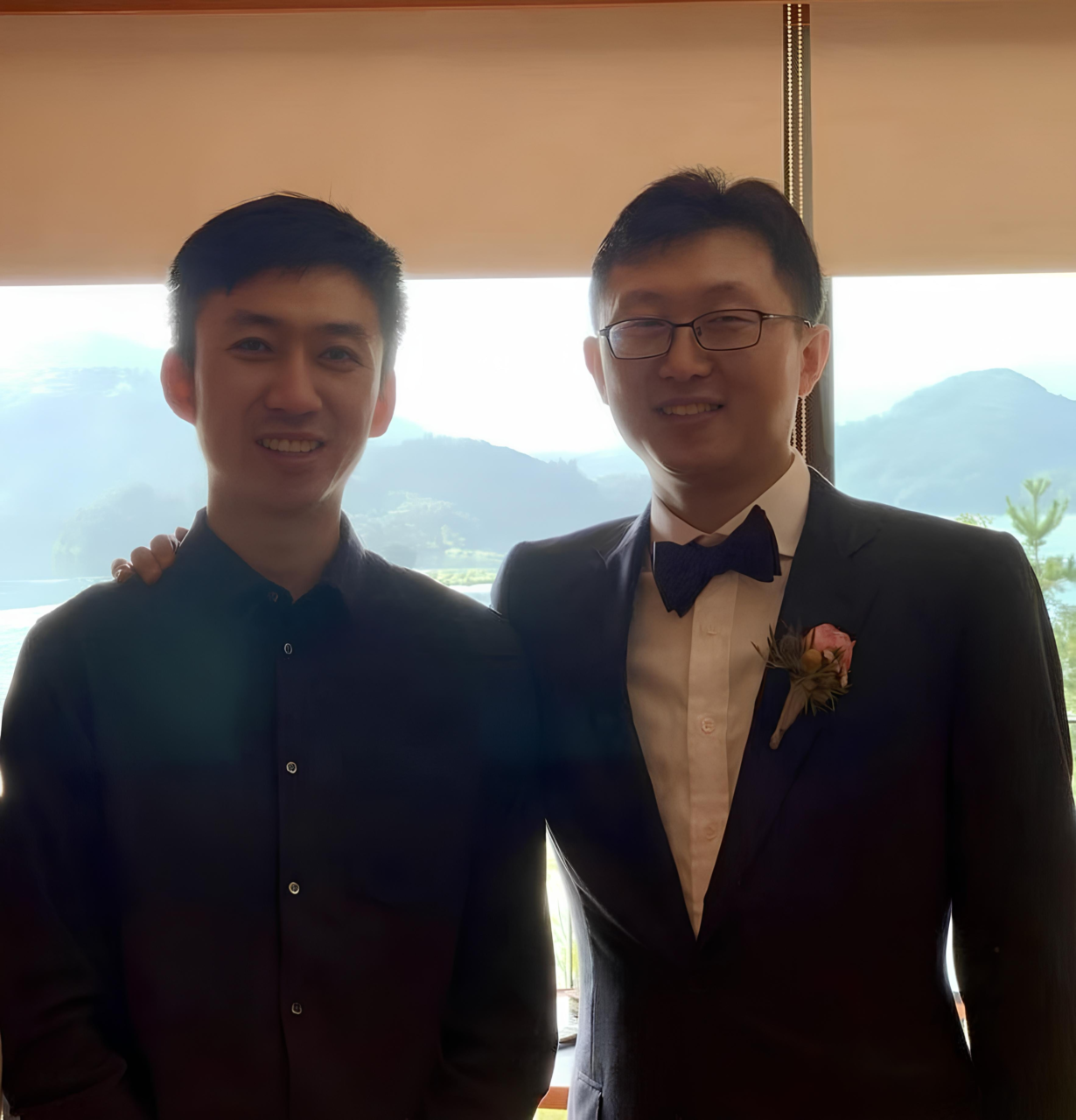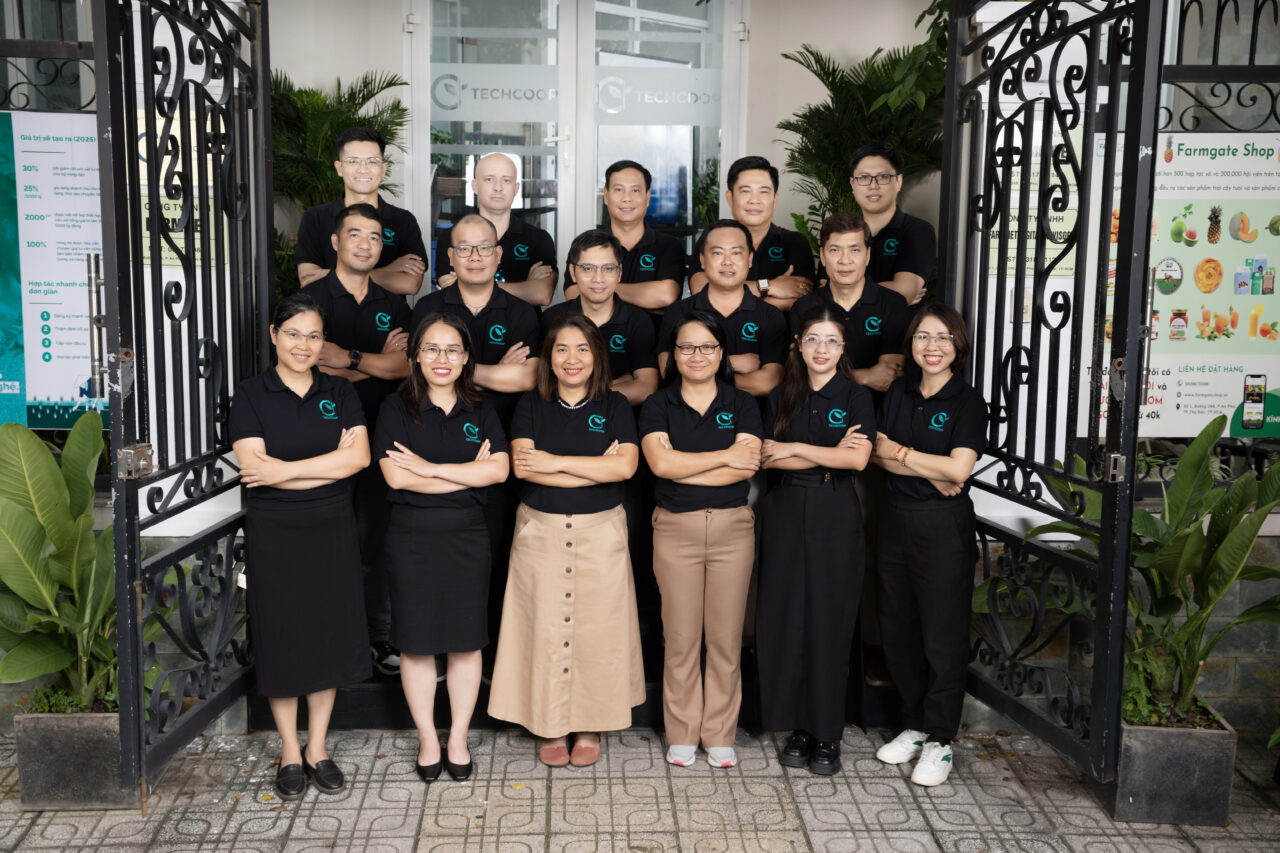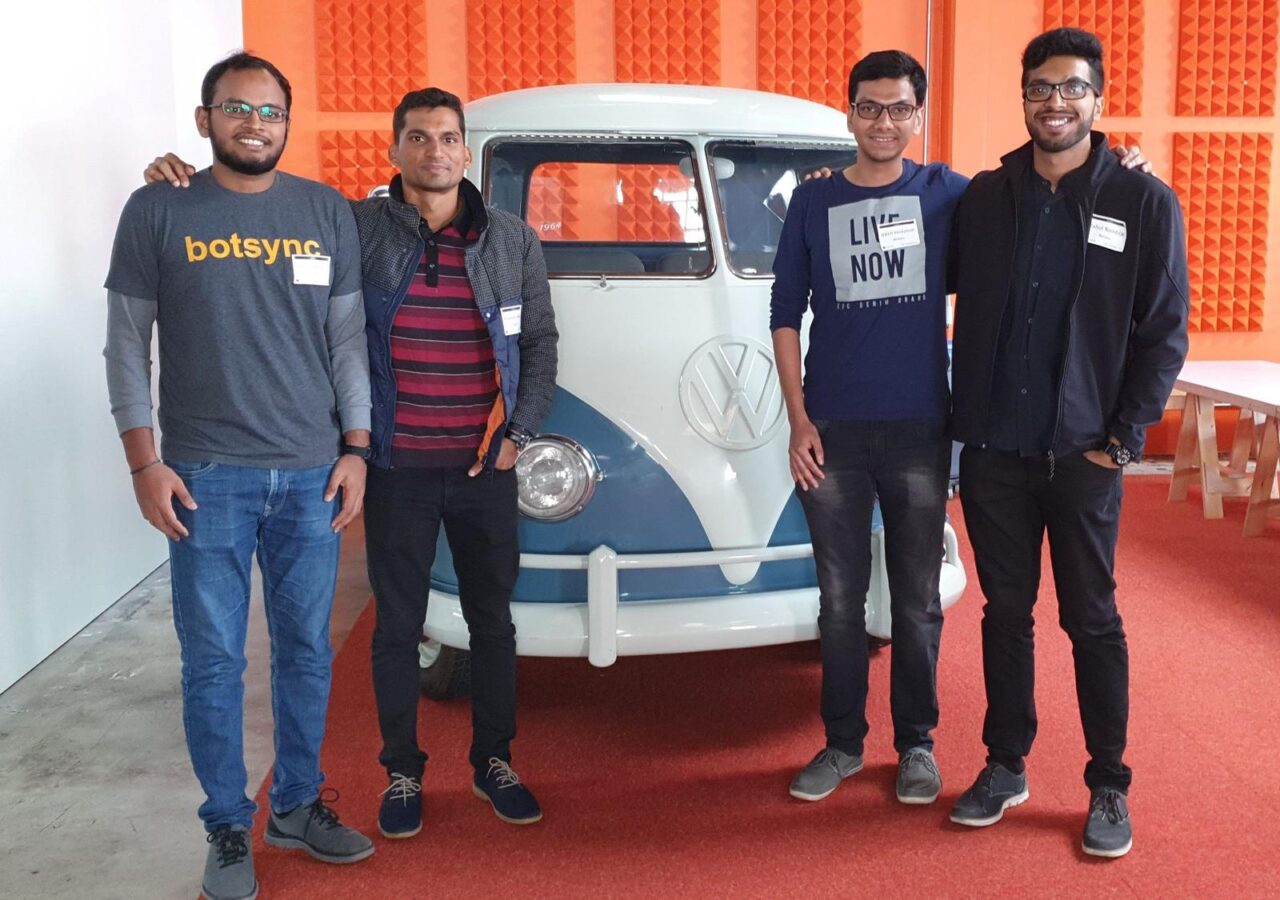
MAGI, operated by Jiraffe, is Japan’s leading marketplace dedicated to trading card games (TCGs). Founded by Teruaki Aso, MAGI is tapping into a vibrant market valued at approximately US$6 billion worldwide, driven by passionate collectors and players.
Jiraffe, notably, represents AppWorks’ first-ever direct investment into a Japanese startup, highlighting a strategic step into one of most dynamic consumer and entertainment markets as we broaden our support for founders into different Asian locations. This investment bridges Japan and Southeast Asia’s digital ecosystems via Taiwan, combining Japan’s big market and cultural influence with Southeast Asia’s vibrant consumer base, enabling founders from both sides to expand and unlocking substantial long-term growth.
Teruaki Aso’s entrepreneurial journey began early, shaped by youthful curiosity and a passion for digital communities. As a middle school student, Aso managed his first online community site, competing enthusiastically for web traffic and learning firsthand the power of engagement and community-driven platforms. His early fascination with digital connectivity and peer interaction set the foundation for a career built around creating compelling online communities.
While studying at Hitotsubashi University, Aso ventured into his first significant startup project, “Hikakaku!,” a price-comparison platform enabling consumers to find the highest buyback offers from second-hand shops for their used gadgets, which eventually evolved into Jiraffe Inc. when he was just 22. Quickly understanding the dynamics of marketplaces and consumer behaviors, he became adept at navigating and pivoting business models, learning invaluable lessons on liquidity management, customer acquisition, and market positioning.
However, Aso was not content with simply running any marketplace, and aspired for greater ambitions—he meticulously searched for a niche that perfectly balanced unit value, trading frequency, and ease of handling. After extensive experimentation across various categories such as smartphone repair, electronics, sneakers, and general secondhand goods, he set his sights on the trading card game (TCG) market with his team. At 26, Aso launched MAGI, a marketplace specifically designed for TCG enthusiasts, effectively capturing a unique, deeply engaged consumer segment and eventually closed or sold all of his other businesses.
MAGI’s success hinges on its dual-channel strategy, seamlessly integrating online accessibility with physical retail experiences. This hybrid model caters precisely to the consumer demands of Japan’s enthusiastic and highly engaged TCG community. Users can effortlessly search, buy, sell, or trade cards through MAGI’s intuitive online platform or visit physical storefronts for immediate interaction and purchases.
MAGI’s recent international expansion, marked by opening its first store in Taipei, further demonstrates the company’s ambition and potential for global growth. The successful Taipei launch serves as a blueprint for future international expansions, showcasing MAGI’s readiness to scale its uniquely effective TCG marketplace model beyond Japan’s borders.
Looking forward into 2025, by continually expanding its physical presence in Japan and enhancing platform features, refining operational practices, and building stronger relationships within the community, MAGI is well-positioned to consolidate its leadership in the rapidly growing global TCG market.
At AppWorks, we proudly support visionary founders like Teruaki Aso, whose entrepreneurial journey and deep industry insight align seamlessly with our investment ethos. Through this partnership, we aim to propel MAGI towards sustained international growth, fostering one of Asia’s premier interest-based marketplaces to better serve TCG lovers.



